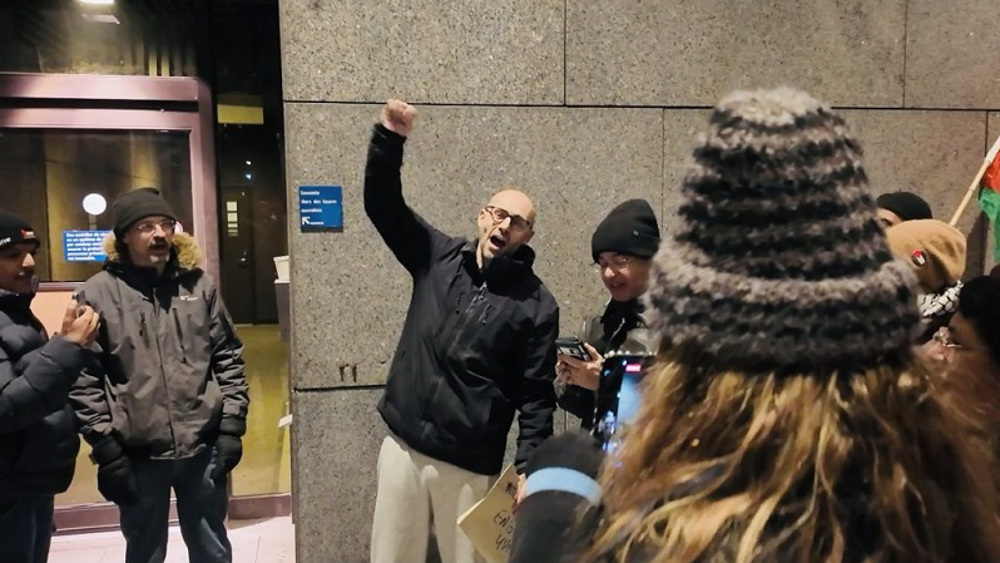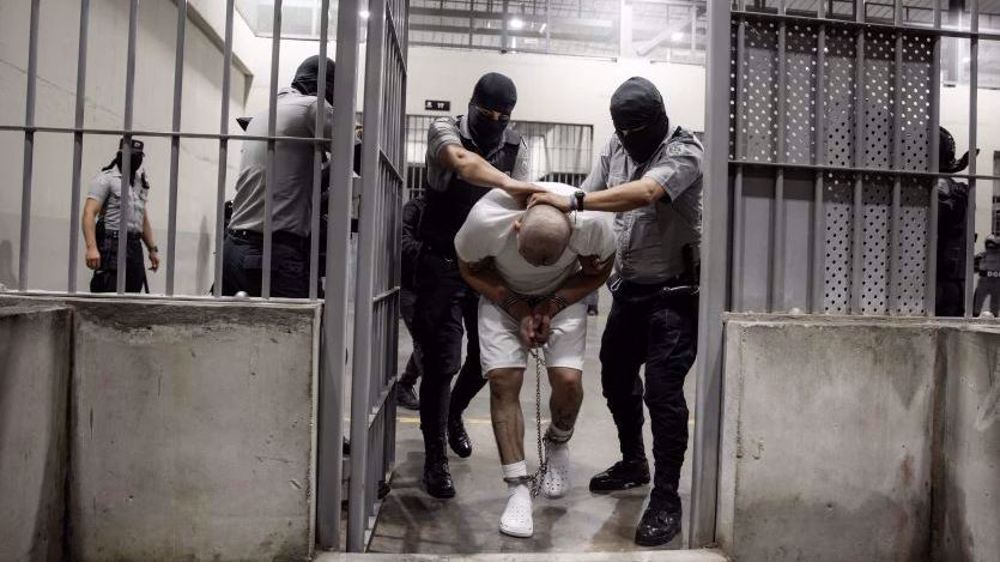Chile police, protesters clash in rally against Transpacific Partnership
Police in Chile have fired water cannons to disperse protesters demonstrating against the Transpacific Partnership (TPP) in Valparaiso and marching toward the venue of a meeting of representatives for member states.
Police clashed with protesters and arrested at least 15 of them late on Tuesday as they marched through the streets of the resort city of Vina del Mar leading to Sheraton Miramar Hotel and Convention Center, where senior representative from the 12 countries that are members of the failed deal attended a meeting.
Police officers attempted to block the protesters from approaching the meeting venue and deployed water cannons to disperse the crowd of activists, who were carrying placards reading, “The TPP threatens human rights.”
No serious injuries were reported during the scuffles between police and protesters.
Representatives from the countries that signed the failed TPP pact were meeting to discuss a possible new regional trade deal.

Senior officials from the 12 TPP member countries, plus China, Colombia and South Korea, had gathered in the seaside resort city. The gathering marked the first time the countries met since US President Donald Trump withdrew his country’s membership in the deal.
Chile, a keen promoter of free trade and one of the signatories of the original agreement, had invited the TPP member states to try to devise a new way forward.
Chilean Foreign Minister Heraldo Munoz emphasized that the meeting was an opportunity to support free trade and oppose protectionism. He cautioned, however, that the talks in Chile were just a first step and might not yield a new trade pact.
The TPP was a centerpiece of US economic policy in Asia during the administration of former president Barack Obama, but Trump withdrew from the deal, emphasizing that he preferred bilateral deals.
The White House has said that Trump plans to focus on seeking individual deals with the 11 other countries in the failed partnership, a group representing roughly 13.5 percent of the global economy, according to the World Bank.
While officials attending the meeting said the conversation was just the beginning of a long and uncertain road, some possibilities being contemplated included redesigning it without the US or building instead on the proposed Southeast Asian-backed Regional Comprehensive Economic Partnership.

Canadian Zionist Lawfare against opponents of Gaza genocide

Trump sends more migrants to El Salvador prisons despite court dispute

532,000 migrants face deportation after Trump revokes protections
US launches more airstrikes on various areas across Yemen
VIDEO | Press TV's news headlines
VIDEO | Parisians hold rally in support of Palestinians
Nigerian security agents plan fresh attacks on followers of Sheikh Zakzaky in Abuja: Report
Bill to seize mosques in India gains presidential assent
Over 600,000 children in Gaza at risk of ‘permanent paralysis’: Ministry
VIDEO | US, Europe anti-Trump protests
Yemen accuses US of targeting civilians in Eid airstrike










 This makes it easy to access the Press TV website
This makes it easy to access the Press TV website